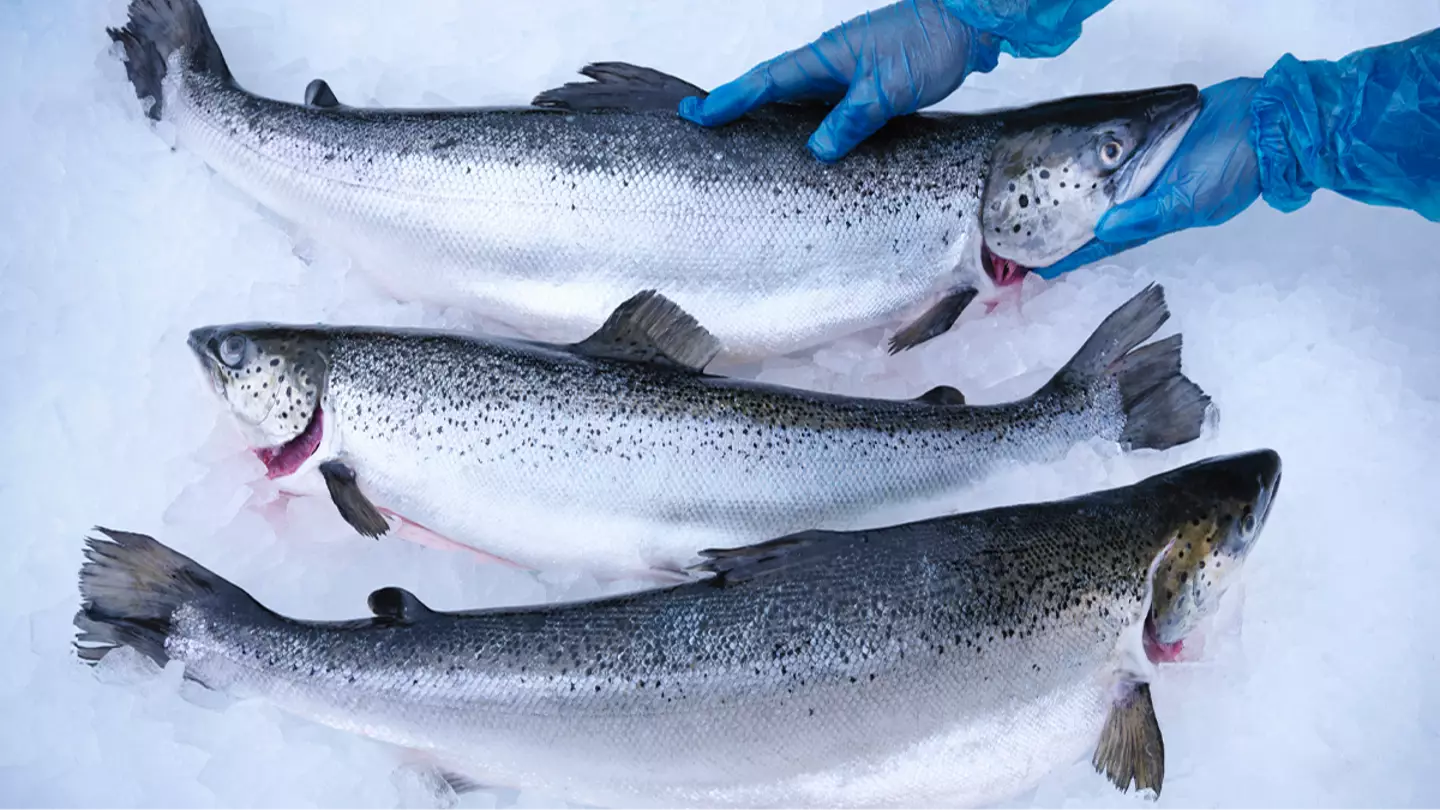Health experts warn eating too much of this specific fish 'could raise blood pressure risk'
There are two types of fish that could increase the risk of high blood pressure
Featured Image Credit: Getty Stock ImageTopics: Food and Drink, Health, Animals


